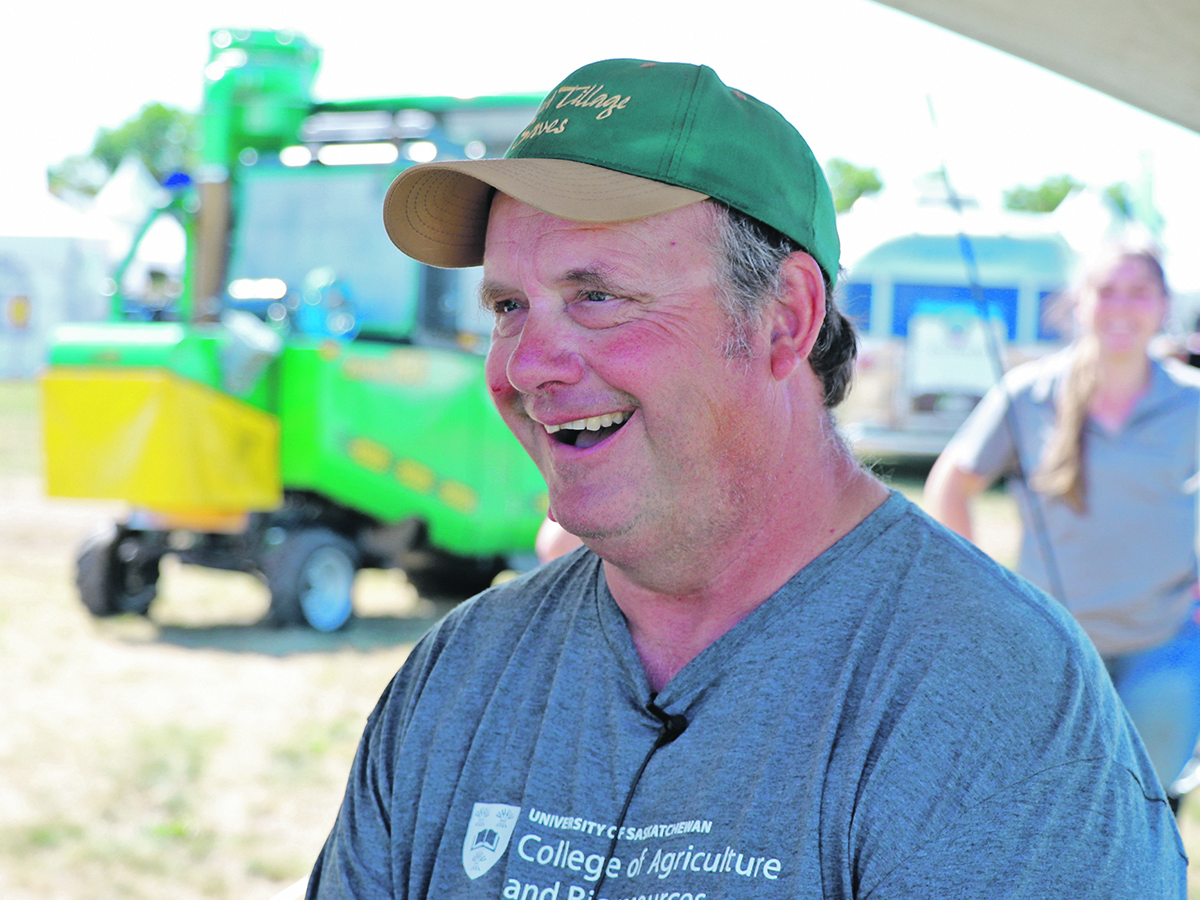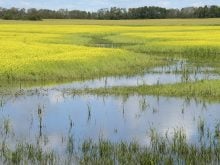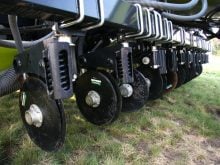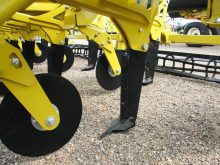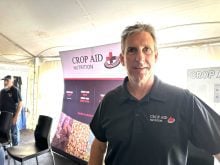With a 40-year career in soil science, Jeff Schoenau is an accomplished researcher, professor and the mind that designed the Plant Root Simulator probe.
During the 2024 Agronomy Research Update in Saskatoon, Schoenau didn’t share any new research findings. Instead, he shared the biggest lessons he’s learned in his 40 years in the field.
There were 10 lessons, but they can be broken down into the categories of nutrient application, nutrients and good soil. The most significant lesson, and overarching theme, is that there are always ways to improve the soil.
Read Also
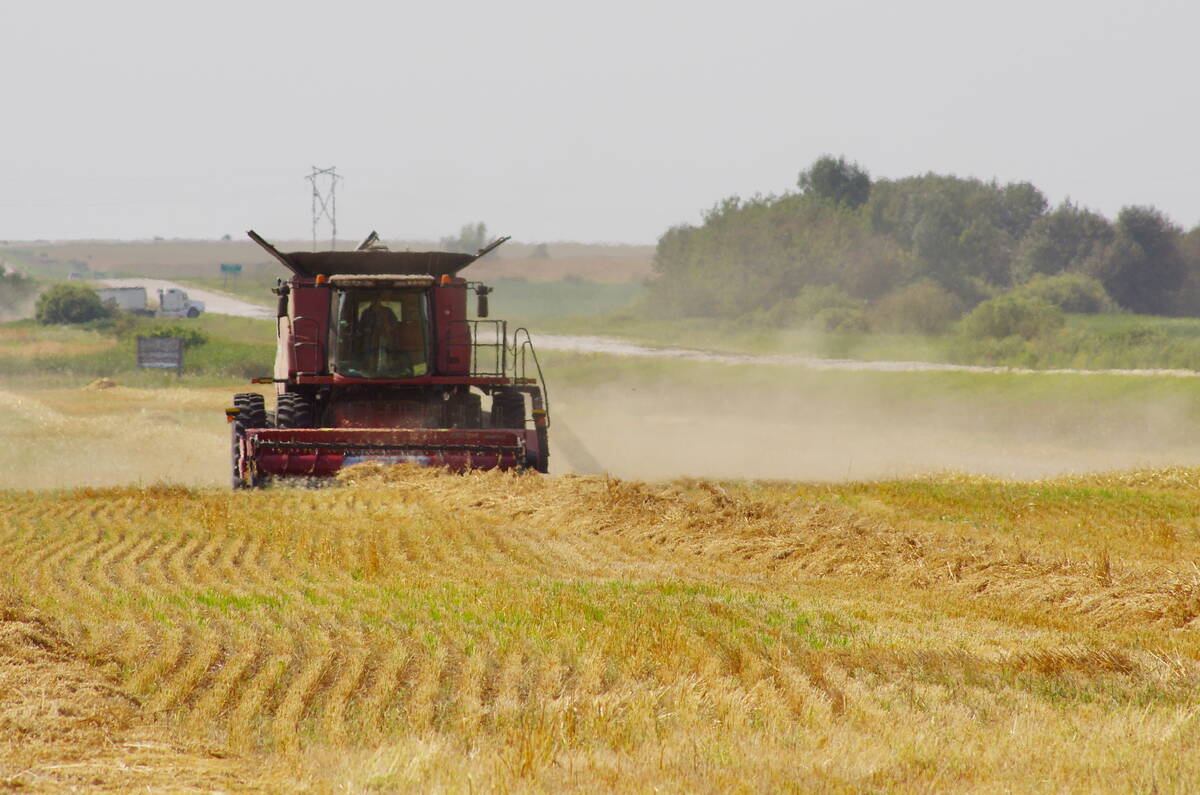
Herbicide resistance sprouts in Manitoba’s wild oats
Farmers across Manitoba this fall are gearing up for the latest salvo in what, for many, has become a longtime battle to beat out wild oats.
“One of the things that I certainly learned is that we can, folks, undo the sins of the past, and we can — and we have — make our soils better.”
Schoenau’s lessons for nutrient application included:
Use precision application to keep nutrients out of sloughs
Not only is this good for a producer’s pocketbook, but it also translates into healthier water tables and better soil.
“Precision application is effective in reducing soluble phosphorous in the soil in those low spots that also translates into lower soluble phosphorous in the water,” said Schoenau.
Manure is one of the most tried and true ways to increase soil nutrients
“Nothing makes plants grow like manure,” Schoenau said.
He said liquid swine manure is particularly effective when injected into the soil, with one study showing 6,000 gallons per acre more than quadrupled the four-inch dry matter yield, while seed yield increased 10 times.
He said cattle manure research he participated in many years ago confirmed what many already knew — the best method for nutrient application is in-field feeding. As well, it’s more efficient than hauling and cleaning out pens.
Little factors can make a difference, so it’s important to know the best ways to utilize what you’re applying
Schoenau said it’s important to keep in mind the basics of right source, right rate, right time and right place because it can all make a difference.
He also advised keeping in mind different factors that can contain nutrients.
“There’s a lot of different things out there that contain carbon and other nutrients. And how can you utilize those, recycle those effectively and get some value out of it? Because they can be valuable. I’ve learned that.”
When it comes to the nutrients themselves, it’s simple things that can make an impact.
PRS probes are simple and do a great job of measuring soil nutrients
The probes are a staple for many agronomists, but producers should have one in their truck, too. Schoenau said the probes are great for routine testing and knowing what kind of fertilizer is needed.
Legumes are a powerful plant to have in forage blends or as an intercrop
A legume is a great companion because it’s a nitrogen fixer that pulls up to 80 per cent of its nitrogen requirements from the air.
“Having a legume is really, really beneficial,” Schoenau said.
“Even in intercropping systems we’ve seen, maybe 10, 20 per cent of the nitrogen in the companion non-legume has come from fixation by that legume as they grow together in the field.”
Micronutrients are mysterious and can pose many research challenges, as well as challenges for producers
Micronutrient deficiencies have visual symptoms, but one symptom is often very similar to another.
Schoenau said they’re also very particular, so they may not respond to added nutrients except under very specific conditions. In other words, he’s still having some problems with them — so don’t feel bad if you are too.
When it comes to soil, there’s a lot that he’s learned.
Even barren soil can be improved
Schoenau said he discovered ways to improve erosion on knolls by using a mix of nutrients and organic matter, as well as replacing soil that eroded over time.
He advocates for the use of manure for the best results and says while things won’t happen overnight, there will be greater improvements.
Soil is a ‘variable beast’
Prairie soils have a “high degree of micro-scale variability,” he said.
“We’re talking about variations over only a few centimetres that we found could be as high as variations that we might see across several acres of land.”
While this can be attributed to the natural make-up of the soil, it’s sometimes due to producer practices, such as in-field grazing.
To fix that, Schoenau recommends varying feeding areas and spreading feeding remains in spring. For other, non-feeding related situations, he recommends testing soil to identify the variations and using precision, variable rate application.
Good roots are important for good soil, providing organic matter, nutrients and water
One of Schoenau’s studies showed this importance, with the implementation of perennial forages on a poor soil structure. The forages significantly increased the infiltration rate of water.
A more recent project tested this importance on high salinity soil by planting salt tolerant wheat grass and supplementing with different nutrient amendments. The first year was rough, but as it established itself, the grass looked better on the saline than the non-saline soil.
“It was able to tap into the shallow water table in that saline soil,” he said.
Improving soil won’t happen overnight; it takes years
While destroying soil quality is easy, fixing the problems take forever, Schoenau said.
“When it comes to building that soil up, increasing organic matter and (producing) increases that you can measure with some type of soil assessment and show a statistically significant gain, folks, I’ve realized that takes years.”
It can take three years until methods can produce those “measurable changes,” but it’s typically closer to five years to see substantial differences.
Small changes can help, such as the implementation of a forage stand or going no-till, but it’s the bigger pieces — such as all the lessons he’s learned — that help the most.
Since the differences are most noticeable after a longer period, Schoenau advocates for longer-term studies to get more valuable research. He said they offer more value.




